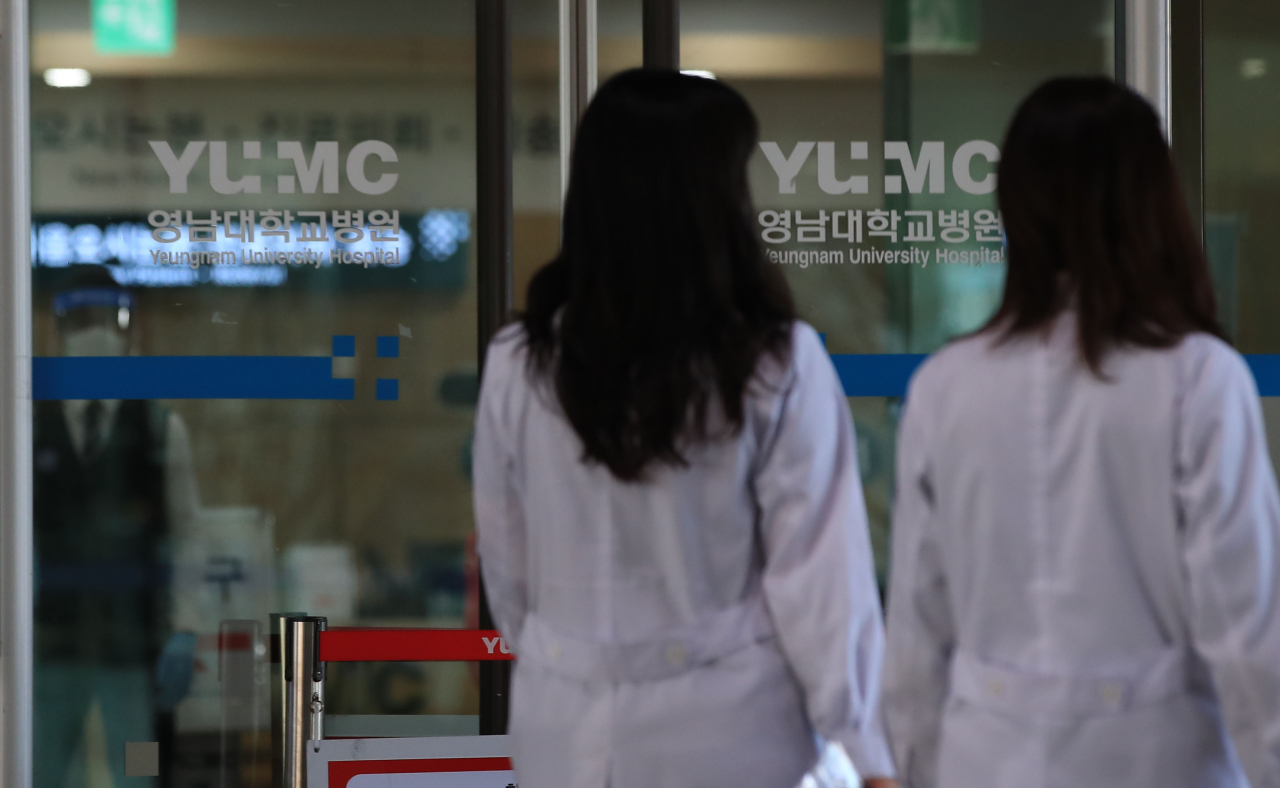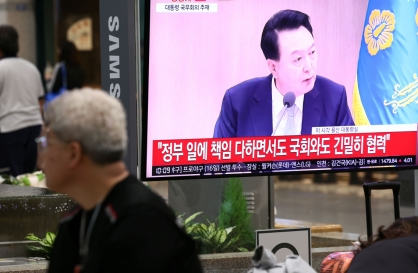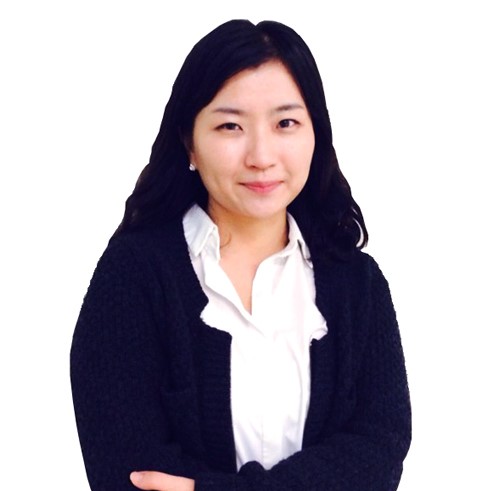South Korea's coronavirus death toll reaches 100
At least 93 patients infected with the novel coronavirus are in a serious condition and 60 of them, including a 26-year-old, are critically ill, health authorities said Friday.
By Park Han-naPublished : March 20, 2020 - 17:50

The death toll from the novel coronavirus in South Korea reached 100 on Friday, about a month after it reported the first death.
Two elderly patients infected with the virus died in the southeastern city of Daegu, hit hardest by the Covid-19 outbreak. The deceased were a 86-year-old woman, who had suffered from stroke for six years and a 92-year-old man with a history of diabetes, cerebral infarction and arrhythmia.
About 60 others are critically ill, including a 26-year-old, health authorities said Friday.
The Korea Centers for Disease Control and Prevention recorded 87 new COVID-19 cases on the day, compared with 152 a day earlier, taking the country’s tally to 8,652. The death toll rose by three to 94.
A total of 286 patients were released from hospitals where they had been isolated for treatment.
Most of the patients who are in serious condition are aged 60 or older, but there are two in their 20s and one aged 40.
Of the two 20-something olds, one is in a critical condition and on extracorporeal membrane oxygenation life support at a hospital in Daegu, said Jung Eun-kyeong, director of the South Korean Center for Disease Control.
Of the 87 new cases, the southeastern city of Daegu reported the highest number with 34 people tested positive, bringing the city’s tally to 6,275.
Daegu, the country’s fourth-largest city accounting for over 72 percent of all cases, is bracing for a resurgence even after driving case numbers down from the biggest cluster of mass infections at a branch of the Shincheonji religious sect.
Dozens of cases have been cropping up at nursing homes and social welfare facilities in the area.
According to the city officials, 10 more people from such facilities tested positive, taking the total to 104.
KCDC Director Jung took a note of persistent emergence of mass cluster infection cases centered on religious facilities, group and multiuse facilities as well as medical institutions.
Clusters of infections accounted for 80.6 percent of the total confirmed cases as of Friday.
“There’s a danger arising from patients entering the country from abroad. Transmission through patients with mild symptom in the local communities also concerns us,” Jung said.
Although young people show light or no symptoms, they spread the disease widely. One infected person’s exposure to an enclosed and crowded space increases the attack rate of over 30 percent, she added.
With the total accumulated number of confirmed cases of 299, Seoul has become one of the most severely affected areas after Daegu, North Gyeongsang Province and Gyeonggi Province,
Seoul saw new 17 cases, including seven cases linked to a cluster infection, which was first confirmed on March 8, at an insurance company’s call center in Guro-gu. In total, 146 cases were traced to the center.
On Friday, the Seoul city government designated nine hospitals to treat COVID-19 patients in critical conditions to prepare in the event of treatment rejection from other healthcare centers due to concerns over people-to-people transmission.
The select hospitals will be equipped with more than five negative pressure beds and a preliminary examination station.
Gyeonggi Province’s case rose by 14 to 309 with more patients related to Grace River Church in Seongnam and Bundang Jesaeng Hospital.
The number of confirmed cases in North Gyeongsang Province climbed by 13 to 1,203, Pureun Nursing Home in Bonghwa,
According to Bonghwa County, a total of 69 people at the nurse home, or 59 percent of the patients and workers, have been tested positive of the virus. Among them, three have passed away.
Korea’s fatality rate increased to 1.09 percent from 0.91 percent a day earlier, but still remained much lower than the global average of 3.4 percent.
By Park Han-na (hnpark@heraldcorp.com)







![[From the Scene] Monks, Buddhists hail return of remains of Buddhas](http://res.heraldm.com/phpwas/restmb_idxmake.php?idx=644&simg=/content/image/2024/04/19/20240419050617_0.jpg&u=20240419175937)








![[From the Scene] Monks, Buddhists hail return of remains of Buddhas](http://res.heraldm.com/phpwas/restmb_idxmake.php?idx=652&simg=/content/image/2024/04/19/20240419050617_0.jpg&u=20240419175937)

![[KH Explains] Hyundai's full hybrid edge to pay off amid slow transition to pure EVs](http://res.heraldm.com/phpwas/restmb_idxmake.php?idx=652&simg=/content/image/2024/04/18/20240418050645_0.jpg&u=20240419100350)

![[Today’s K-pop] Illit drops debut single remix](http://res.heraldm.com/phpwas/restmb_idxmake.php?idx=642&simg=/content/image/2024/04/19/20240419050612_0.jpg&u=)